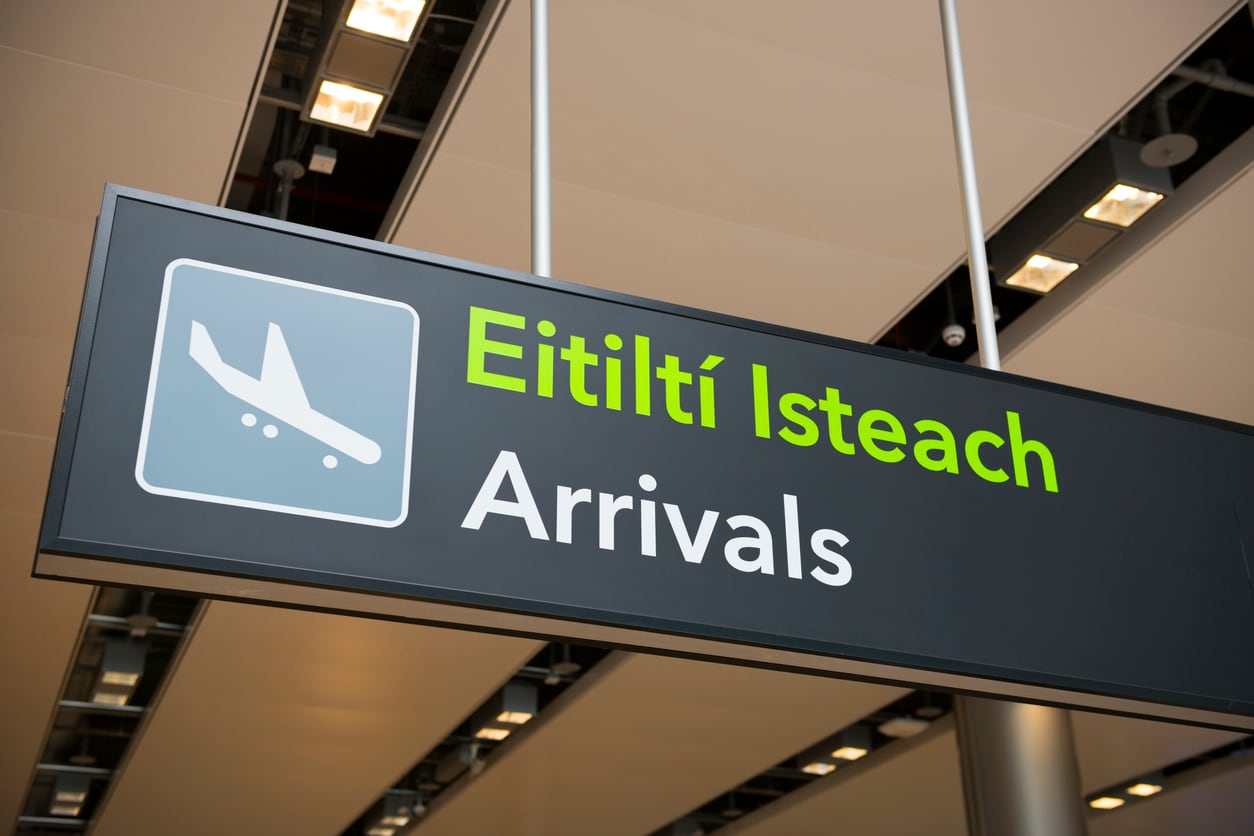Bank of Ireland hiked its medium-term profitability target on Tuesday after reporting solid results for 2022 and proposing an increase in cash returns to shareholders through dividends and stock buybacks.
Unveiling a strategy refresh after less than four months in the job, chief executive Myles O’Grady has set his sights on the bank posting profit returns between this year and 2025 equivalent to about 15 per cent of tangible equity that shareholders (ROTE) hold in the business. That is up from its previous 10 per cent objective and the 10.6 per cent out-turn for last year, excluding noncore costs.
“That’s not a destination target. That’s for each of the three years to 2025,” he told analysts on a call, adding that the result for this year will be stronger than that target in an environment of rising interest rates.
Goodbody Stockbrokers analyst John Cronin said there was “material upside” to the target, as financial markets are forecasting more aggressive European Central Bank (ECB) rate hikes than the bank has factored into its plan. This would lead to a greater income benefit from the lender’s deposit book, as Irish banks continue to lag behind the ECB in increasing mortgage rates.
READ MORE
While Bank of Ireland has assumed the ECB’s deposit rate will rise from 2.5 per cent currently to 3 per cent this year, the financial markets are pricing in an increase in the key rate to more than 4 per cent.
Bank of Ireland’s underlying pretax profit fell to €1.2 billion last year from almost €1.4 billion in 2021, as a move by the company to set aside provisions for potential loan losses amid the cost-of-living crisis and near-term economic uncertainty offset rising interest income as rates increased and the boost to business income from the acquisition of Davy.
The €187 million impairment charge taken in 2022 contrasted with the release in the previous year of €194 million of mainly Covid-related provisions that were not used up. The fresh provisions were driven by concerns around the bank’s small-business and corporate loan book and UK mortgages, as the bank released reserves against the Irish mortgage portfolio.
The largest bank in the State by assets and market value said it would distribute €350 million to shareholders in the coming months, with €225 million of this by way of dividends and the remaining €125 million in the form of a share buyback, subject to regulatory approval. The total planned cash return is 250 per cent more than what was handed over to investors last year.
Mr O’Grady said the bank was on track to generate capital that is “comfortably above” its target over the three-year lifetime of its refreshed strategy. Shares in Bank of Ireland rose 2.4 per cent to €10.69 in Dublin, bringing their gains over the past 12 months to almost 100 per cent.
Last month, Bank of Ireland completed the purchase of €7.8 billion of loans, mainly mortgages, and €1.8 billion of deposits from KBC Bank Ireland, as the Belgian-owned lender advances plans to exit the Republic.
“I see a real opportunity for the future. The strength and depth of our Irish franchise is unique, and enhanced by the transformational acquisitions of Davy and the KBC portfolios,” said Mr O’Grady. “This is complemented by great international businesses in the UK, continental Europe and the United States. Notwithstanding global uncertainty, Ireland’s economic backdrop remains supportive. This all informs our refreshed strategy, which is built on three pillars: stronger relationships, simpler business and sustainable company.”
Other medium-term targets out to 2025 include goals to reduce in the bank’s cost-to-income ratio to below 50 per cent, build up to dividend payout ratio of 40 per cent of net profit, with flexibility to go up to 60 per cent, and a “distribution of surplus capital to be considered annually”. The cost-income ratio was 63 per cent last year, while the planned payout ratio on net profit for last year amounts to 25 per cent.
The Government said last September that it had sold its remaining shares in Bank of Ireland, making it the first Irish lender to return fully to private ownership following the State’s crisis-era €64 billion rescue of the financial system.
Almost €6.7 billion was returned by Bank of Ireland to taxpayers after they were forced to commit €4.7 billion to the ailing group at the height of the crisis. It is the only Irish bank to repay its aid bill to date.
The recovery, amounting to about €2 billion more than was put into the bank, includes money received from the sale of bank shares, preference stock and bailout bonds following the crisis. It also includes dividends and the collection of guarantee fees.












